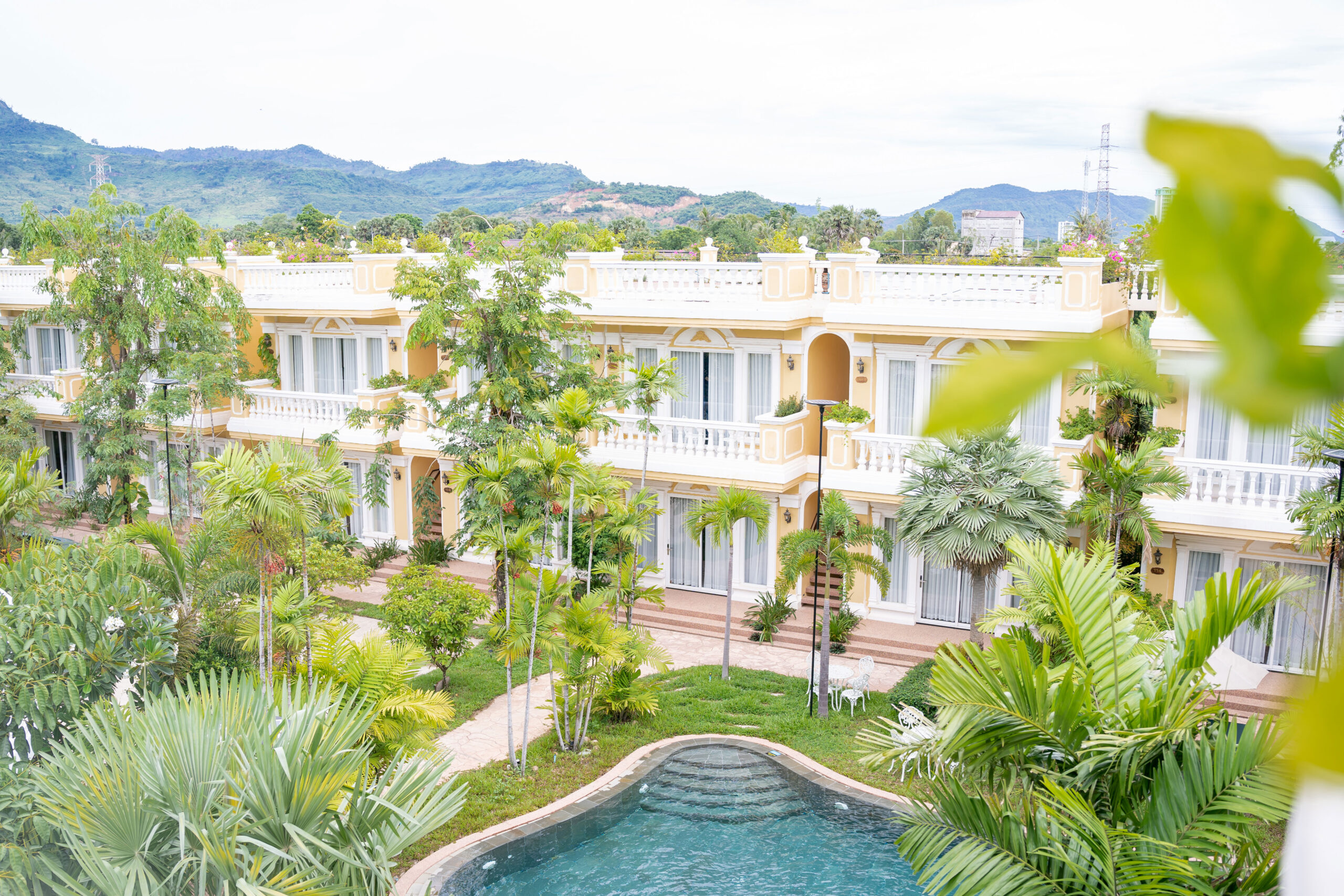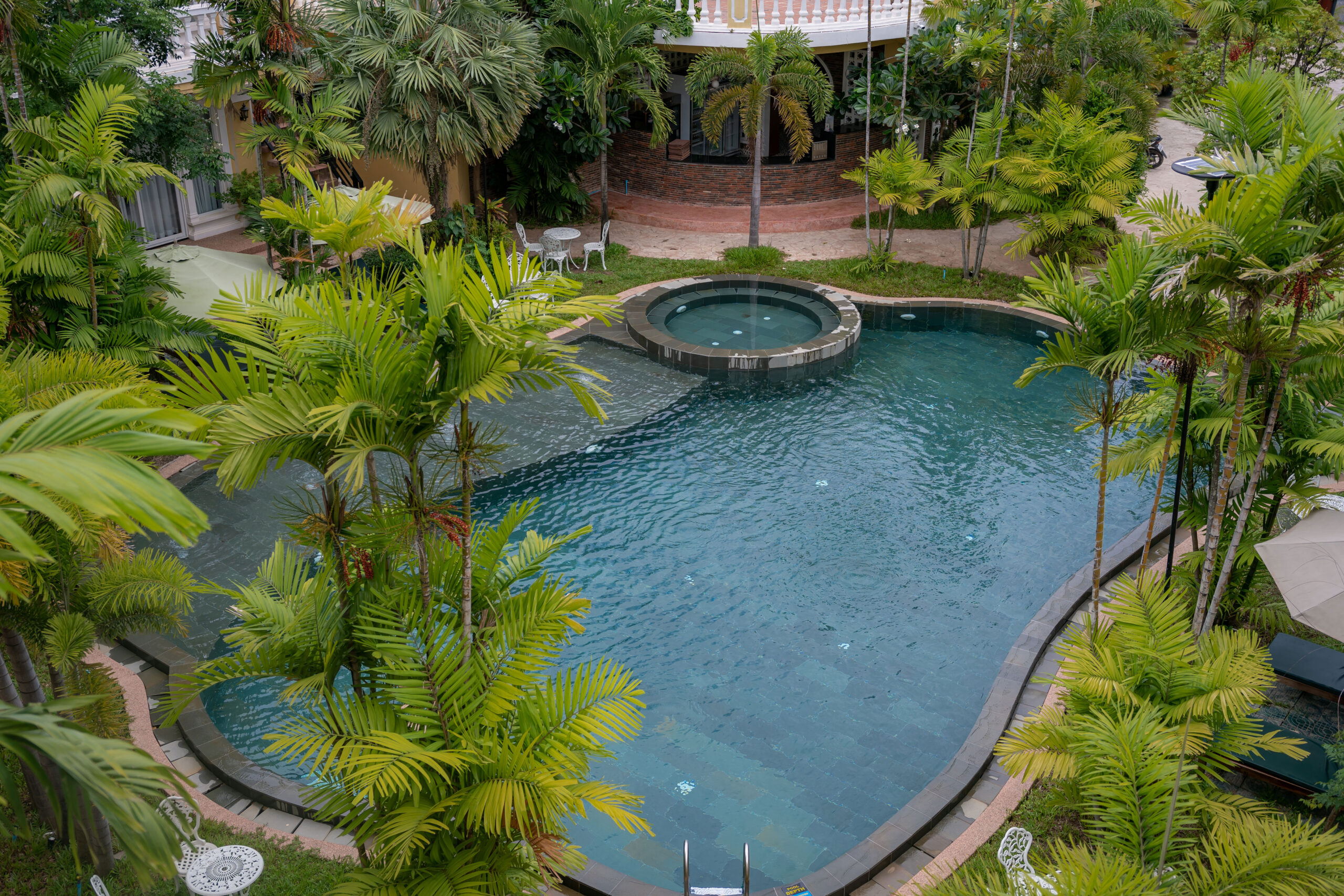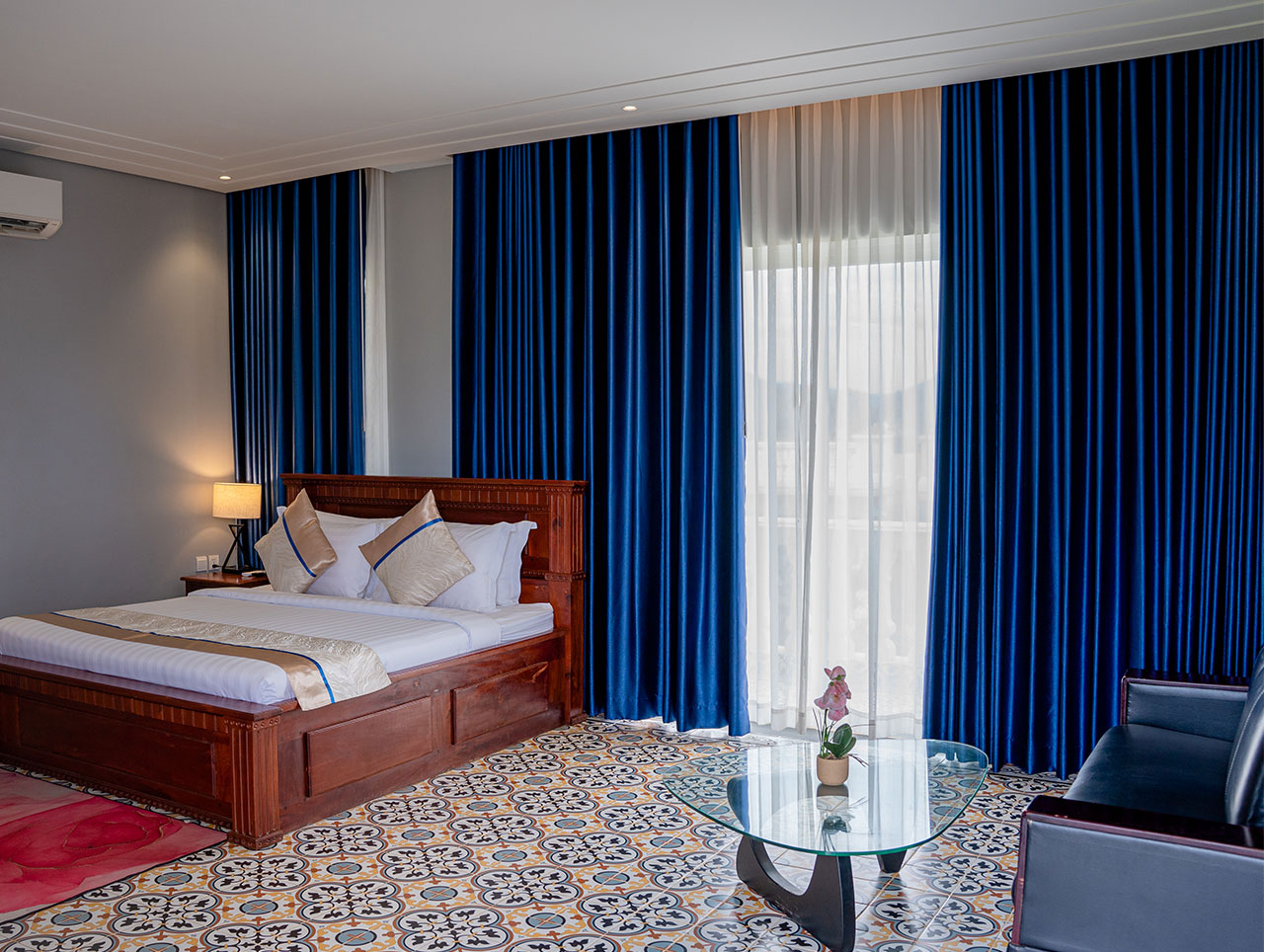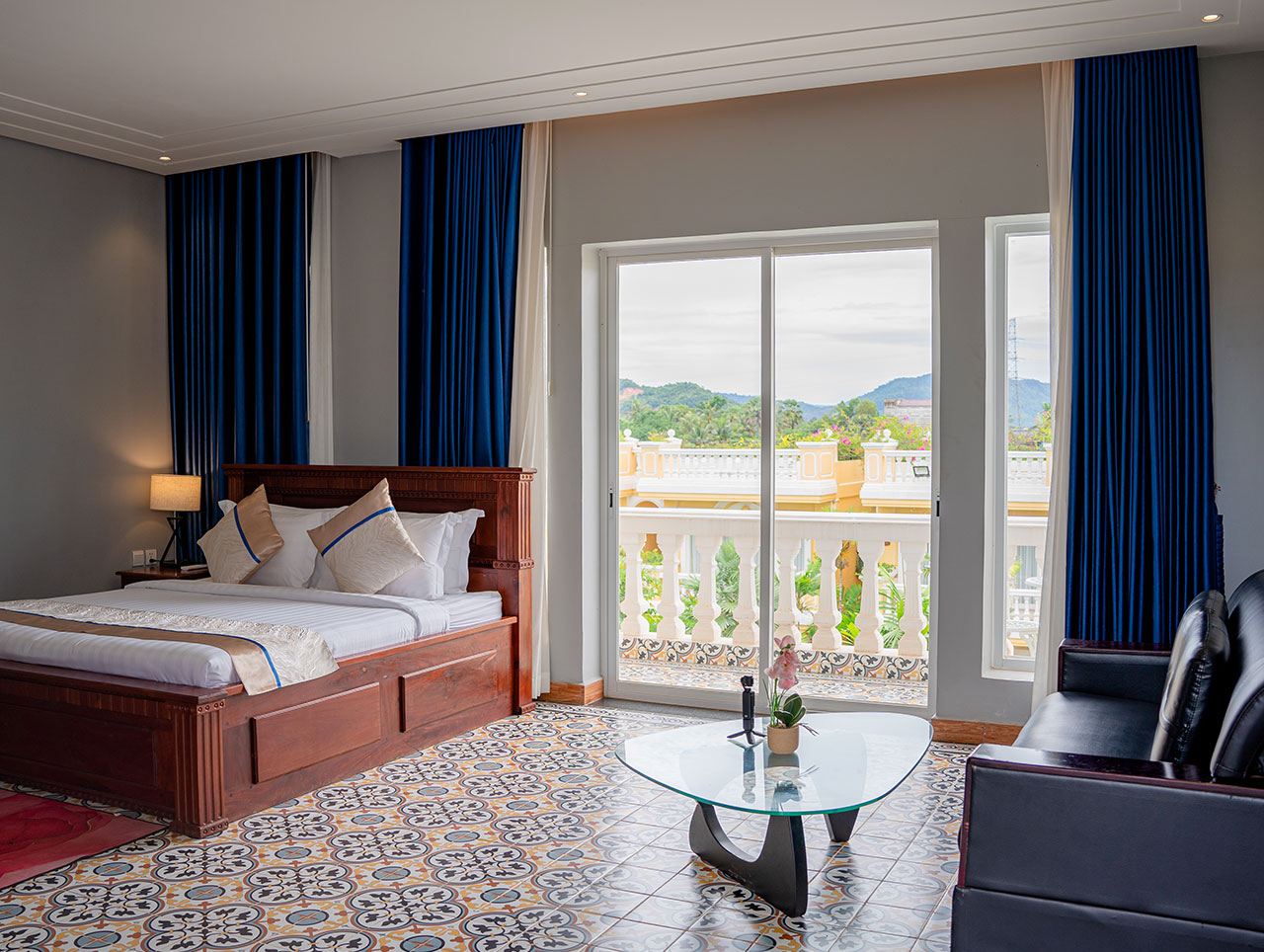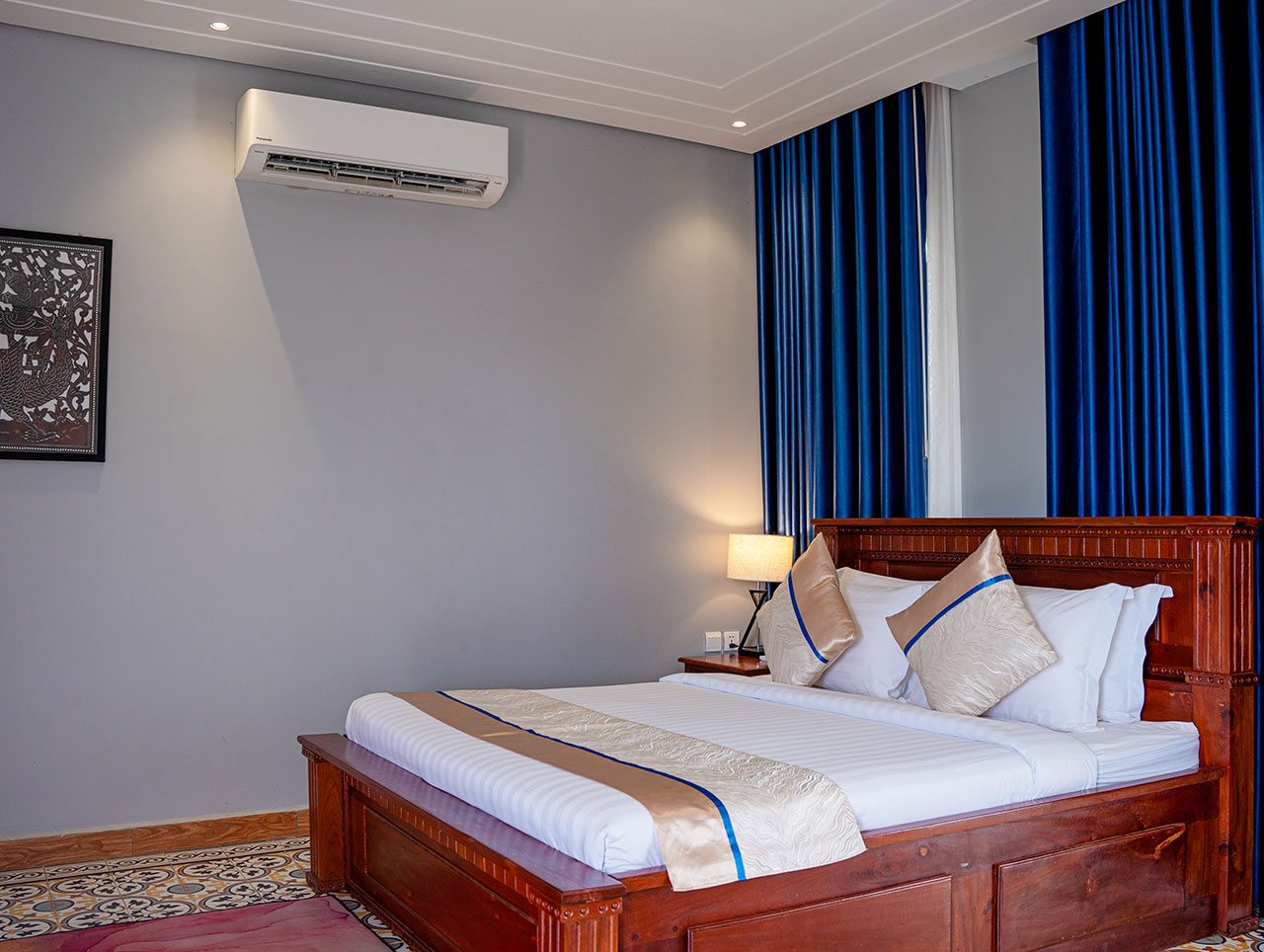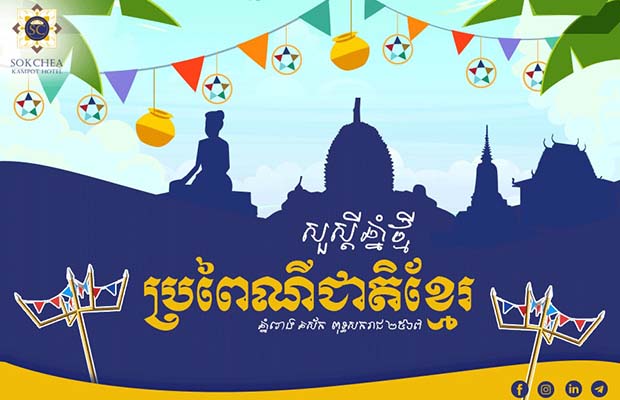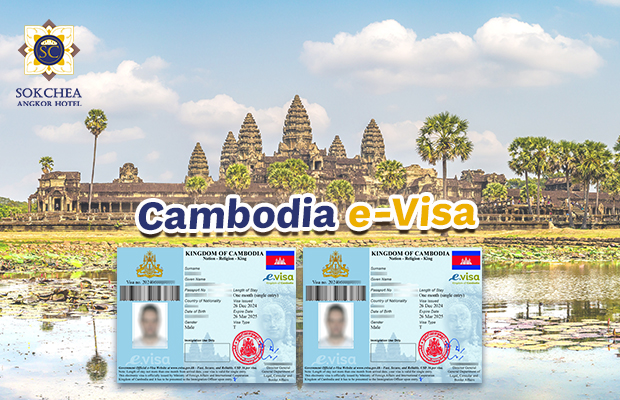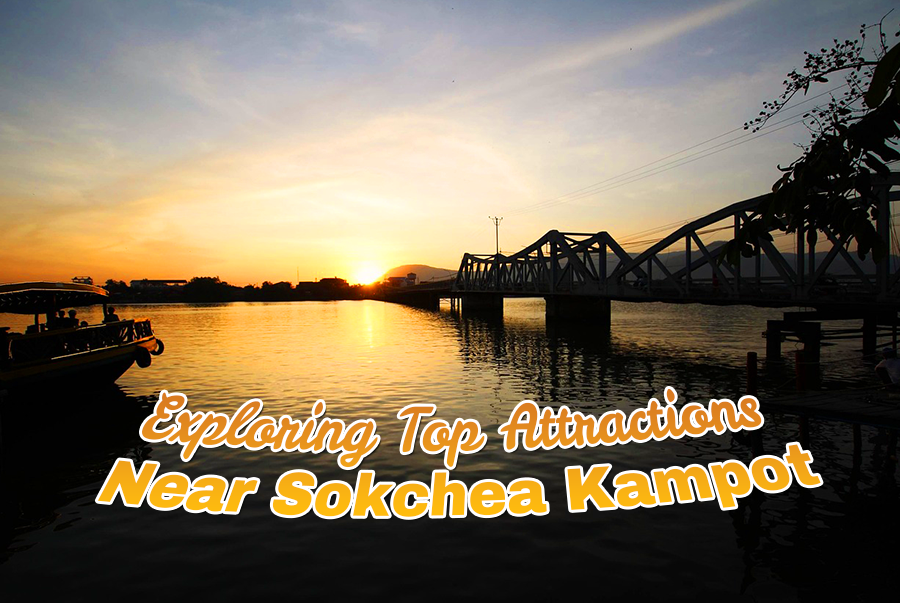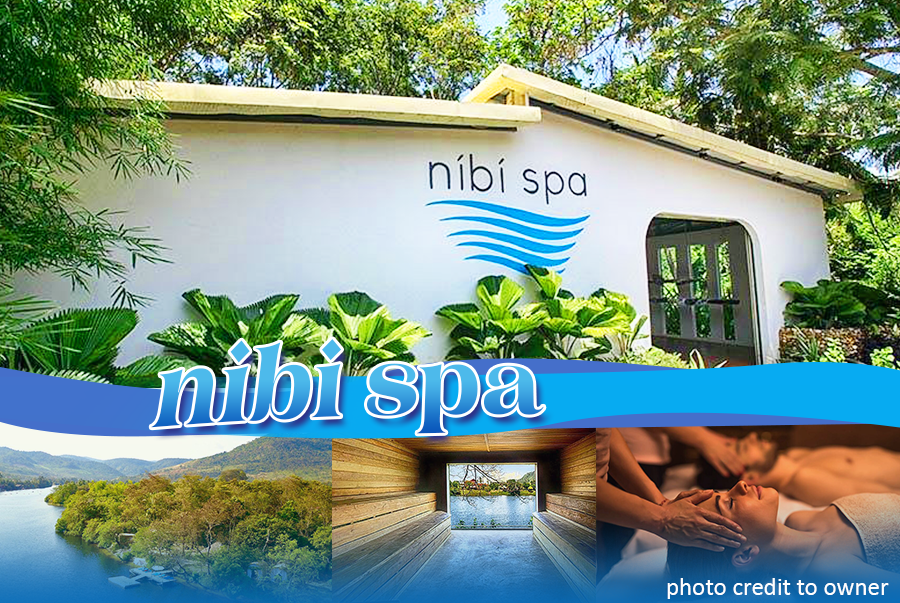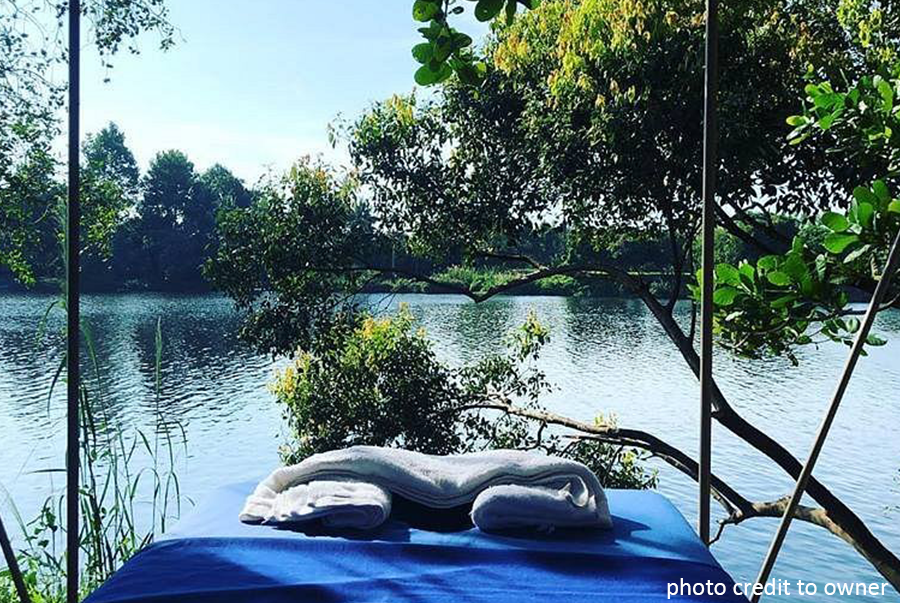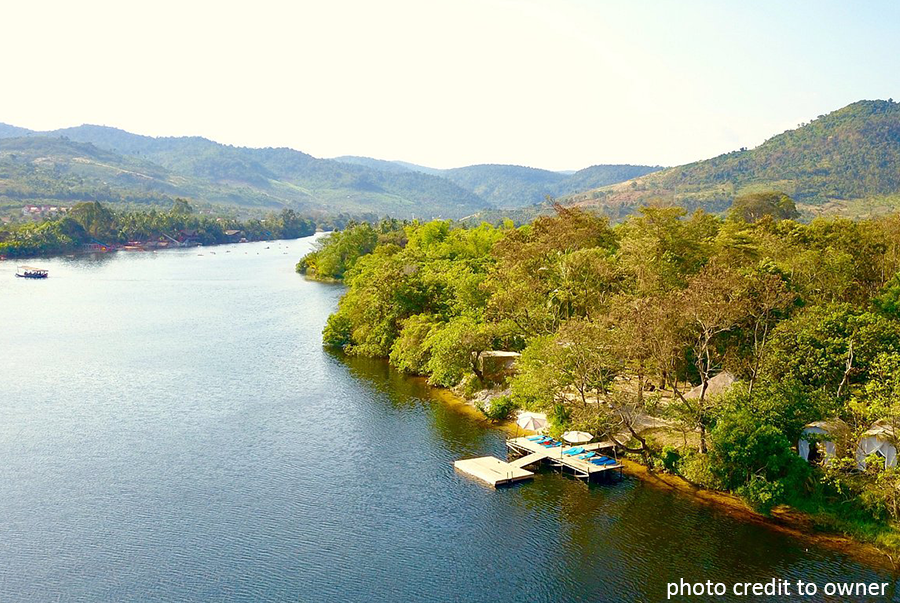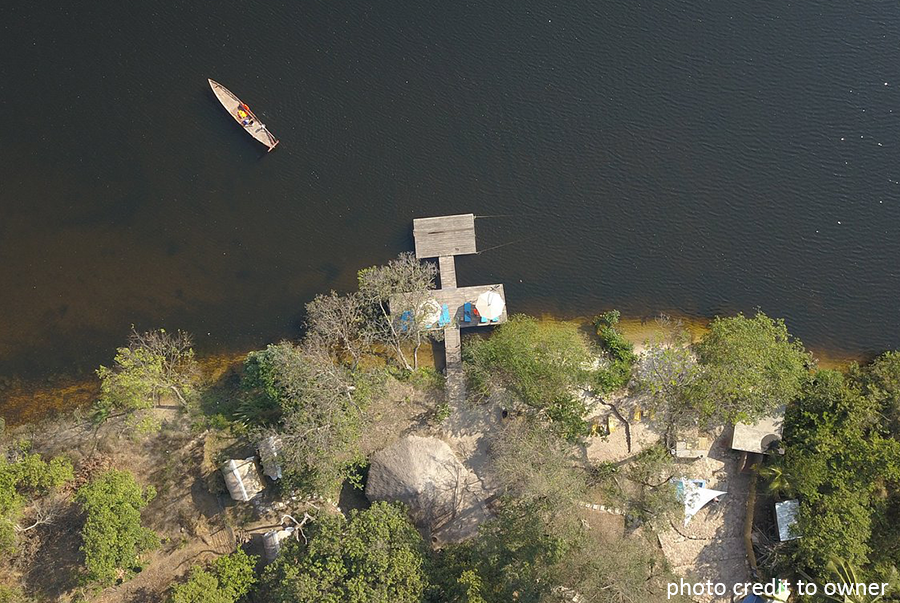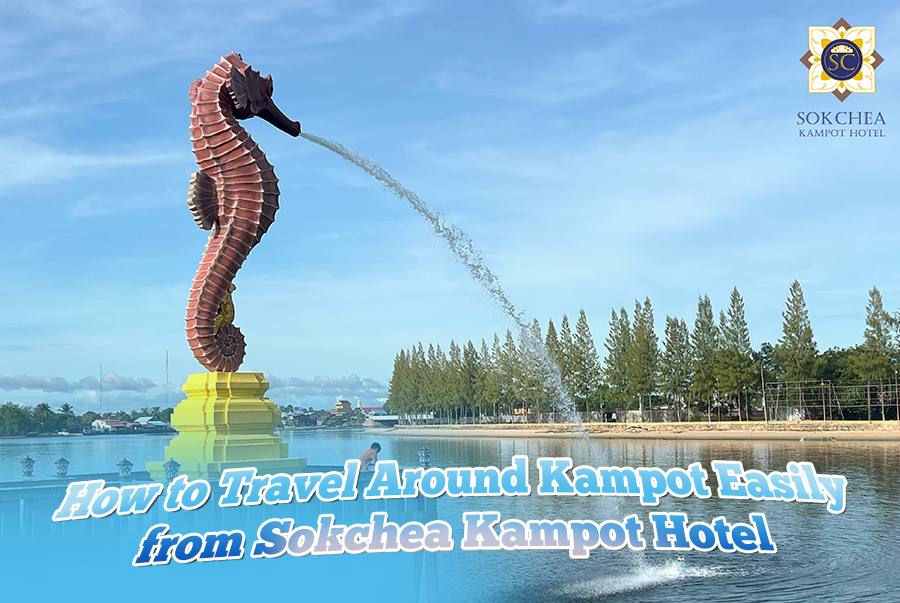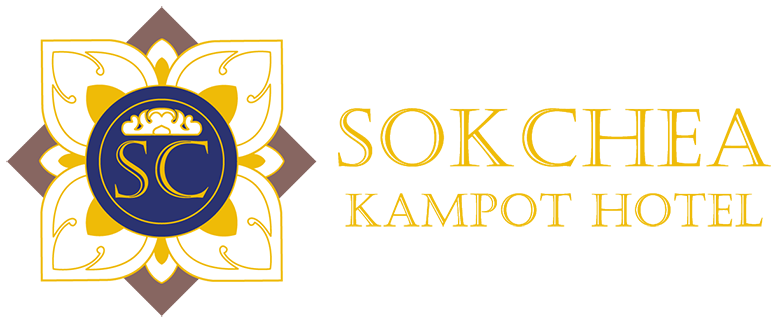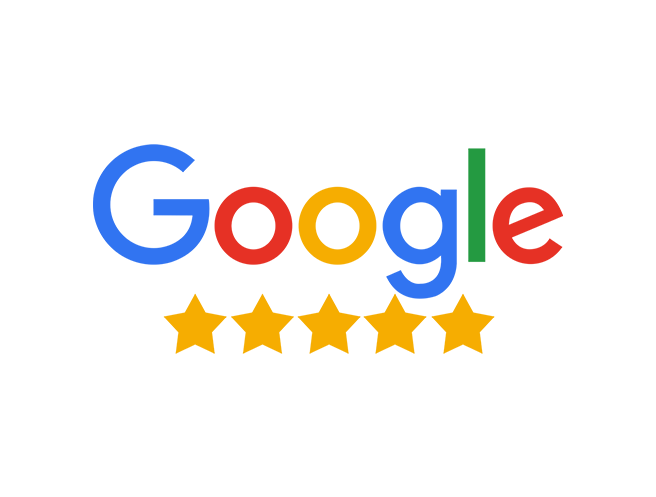Kampot is one of Cambodia’s most charming and laid-back destinations, known for its peaceful riverside setting, French colonial architecture, and stunning natural attractions. Whether you’re here to explore the famous pepper plantations, cruise along the Kampot River, or take a trip up Bokor Mountain, Sokchea Kampot Hotel offers the perfect base for your stay. Ideally located just minutes from the town center, our hotel provides easy access to popular restaurants, cafés, and local markets, while still offering a quiet, relaxing atmosphere away from the noise. Our spacious, clean, and modern rooms are designed with your comfort in mind, featuring air conditioning, free Wi-Fi, and comfortable bedding to ensure a restful night’s sleep. What truly sets Sokchea Kampot Hotel apart is our commitment to personalized service. Our friendly, knowledgeable staff are always ready to help—from recommending the best spots to visit, to assisting with motorbike rentals or arranging local tours. Whether you’re traveling solo, as a couple, or with friends, you’ll find a welcoming and peaceful environment that feels like a home away from home. If you’re looking for quality, value, and a convenient location during your Kampot visit, Sokchea Kampot Hotel is the ideal choice.


